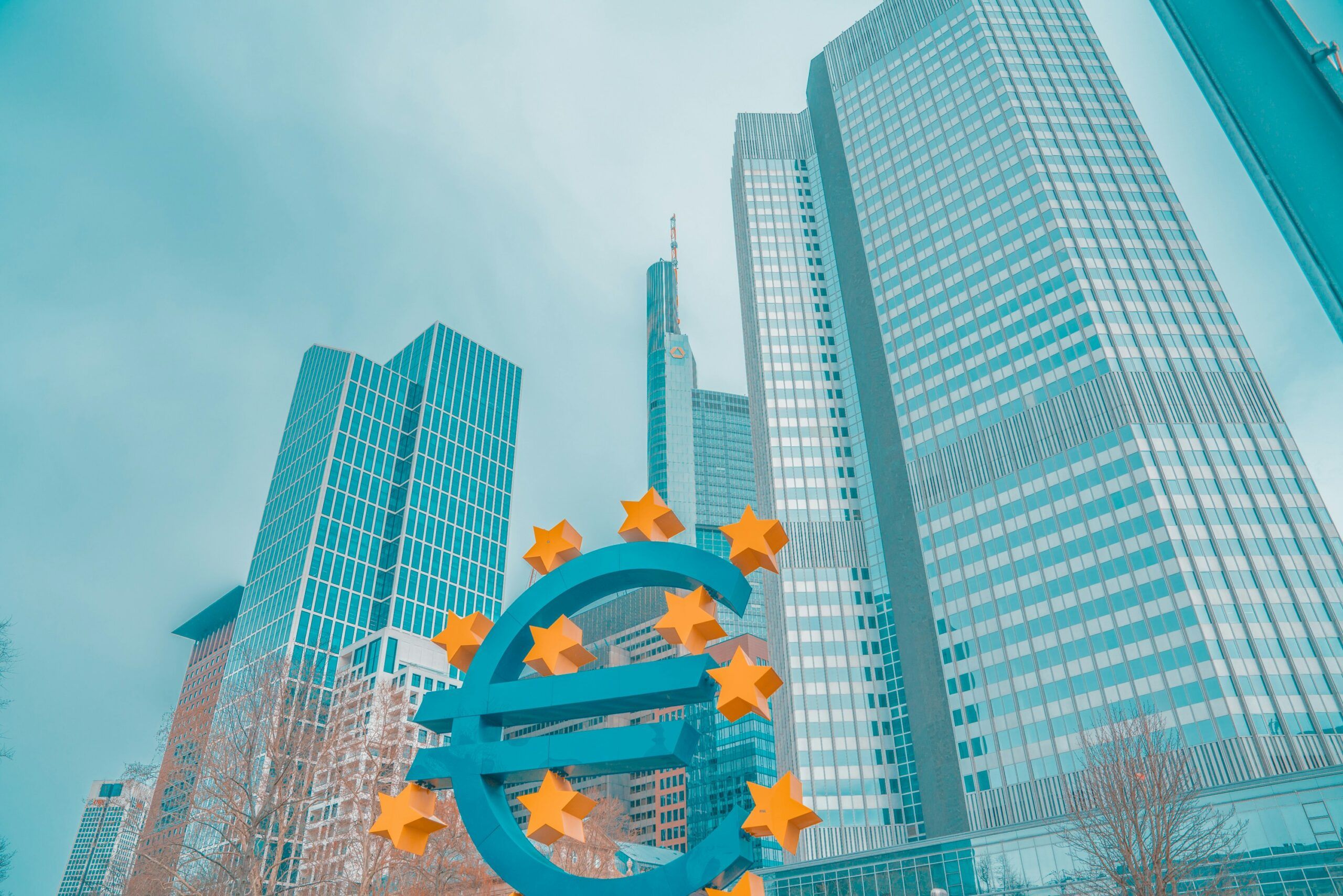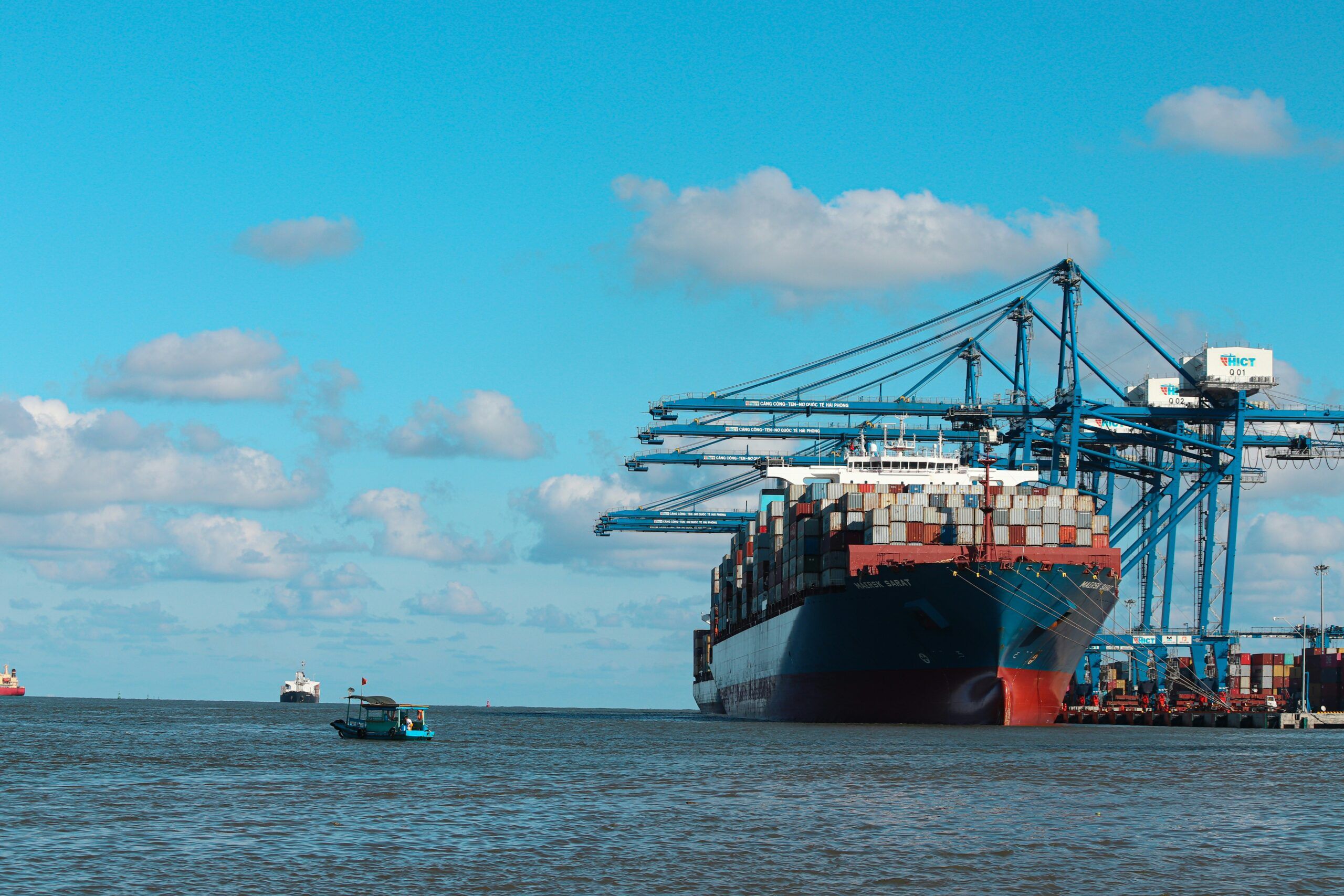The Bank of Japan Raises Interest Rates to Their Highest Level in 30 Years
Interest Rate Decision and Market Reaction
Today, the BOJ (Bank of Japan) in a unanimous and widely expected decision raised its key interest rate to 0.75%, being the highest level since September 1995, whilst at the same time signalling that more interest rate increases are still to come. Experts pointed out that financial markets had predicted the increase in rates, and the yen weakened due to a lack of a stronger commitment from the central bank regarding further increases. After the rate decision, and in the usual non-committal verbiage of central bank chiefs worldwide, the Governor of the BOJ, Kazuo Ueda, said, “We’ll keep making appropriate decisions at each policy meeting, and the pace at which we adjust our rate will depend on the state of the economy and prices.”
Shift Away from Negative Interest Rates
In 2025, the central bank began abandoning negative interest rates, which had been in place since 2016, and data show that they have been gradually lifting interest rates, stating that their ambition was to see a “virtuous cycle” of rising wages and prices. The decision to increase rates came as the new Prime Minister of Japan, Sanae Takaichi, said she is keen to bring inflation down, but at the same time keeping government borrowing as cheap as possible. Interestingly, last year, before she took office, Prime Minister Takaichi described the idea of rate increases as stupid. However, since she took office in October of this year, she has not criticised the central bank governor.
Inflation Developments and Policy Constraints
Prime Minister Takaichi has made inflation her government’s priority, and recently released data showed underlying or core inflation (excluding food and energy) had increased to 3.00% in November, which is still 2.00% higher than the BOJ’s target benchmark figure. However, some financial market experts suggest that the rise in interest rates will not have a positive effect on inflation, as currency markets have already priced in the rate increase, confirming that the Japanese Yen remains relatively weak. Experts suggest that it may not be until Q3 that the BOJ hikes interest rates again due to Prime Minister Takaichi’s stand on monetary policy, plus the central bank will have to wait and see how today’s rate increase impacts the real economy*.
*The Real Economy – is defined as that part of the economy which is focused on producing, selling and consuming actual goods and services such as food, cars, haircuts, and construction that satisfy human needs. It is distinct from financial markets that trade in stocks and shares, bonds, loans, etc., that trade in money and assets.
Growth and Inflation Outlook
Experts in the Japanese economy have predicted a moderate yet stable growth of 0.60% for 2026, driven by domestic demand, ongoing corporate governance reforms and corporate investment in technology. However, some analysts have predicted that there may be a slowdown in growth from 2025 levels due to the impact of President Trump’s tariffs, plus a downturn in some other nations’ economies. On the inflation front, the BOJ has predicted that core inflation will decelerate to a range of 1.50% – 2.00%. Overall, experts and financial commentators suggest that the outlook is cautiously positive, with the economy expected to navigate a transition toward sustainable growth and mild inflation, subject to external risks and the careful management of domestic policy reforms.










